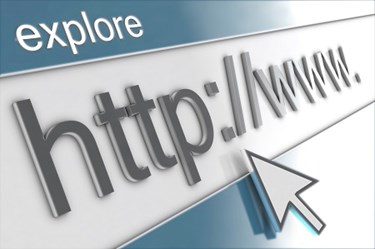Patients Open To Portals

By Christine Kern, contributing writer

Online portals can help providers better engage with Millennials and Baby Boomers.
A Xerox/Harris Poll Survey has found 43 percent of Americans are open to using patient portals to access medical records – if their medical providers will provide adequate instructions for using them.
The survey was conducted online in September by Harris Poll among 2,017 U.S. adult, and while it found that a majority of Americans (64 percent) do not currently use online patient portals, more than half of that group (57 percent) would be much more interested and proactive in their personal healthcare if they had online access to their medical records.
And although security issues remain for some, the survey discovered 35 percent did not know that patient portals are available to them, and 31 percent reported they had never had a conversation with their physician about portals.
Among those who currently do access online patient portals, 59 percent report higher levels of interest and engagement in their personal healthcare since they received access. “With providers facing regulatory changes, mounting costs, and patients who increasingly seek access to more information, our survey points to an opportunity to address issues by simply opening dialogue with patients about patient portals,” said Tamara St. Claire, CIO, Commercial Healthcare for Xerox.
“Educating patients will empower them to participate more fully in their own care while helping providers demonstrate that electronic health records are being used in a meaningful way.”
MobiHealthNews further reports the study found portal use can help providers better engage with millennials and baby boomers. Millennials are the mobile generation and are much more likely to prefer mobile access to patient portals (43 percent on smartphones.) They are also more interested in accessing patient records (57 percent)than any other content via the portals, and want to be able to view personalized recommendations to improve their health (44 percent), information about additional services from their doctor (44 percent), and industry news about health topics of interest to them (23 percent).
When it comes to Baby Boomers, there is a rising need for care, making Boomers ripe for provider engagement. Also, many Boomers who do not use portals say that their engagement levels would rise if they received access to medical information online (56 percent of those ages 55 to 64, and 46 percent of those ages 65 or older). Meanwhile, Boomers ages 55 to 64 accounted for the highest percentage (83 percent) of Americans who say they already do or would communicate with healthcare providers via a patient portal, and 70 percent say they do or would schedule appointments; 64 percent access/review medical records/test results; 60 percent ask their physicians questions; 58 percent order prescription refills, and 40 percent request a referral.
“Guiding different generations to take advantage of the information available at their fingertips can play a key role in preventing chronic diseases and reducing the cost of care,” St. Claire said. “Xerox is realizing the promise of portals by assisting healthcare providers in developing and implementing patient-engagement programs that can be incorporated into their regular care delivery.”
According to CMS guidelines, providers can earn Meaningful Use (MU) Stage 2 federal incentives if they demonstrate that five percent of patients are using secure portals to view, download, and transmit their health information. Although fewer than 720 hospitals have met MU Stage 2 requirements so far, the survey shows that Americans are willing and even eager to use the portals, given the appropriate support.
